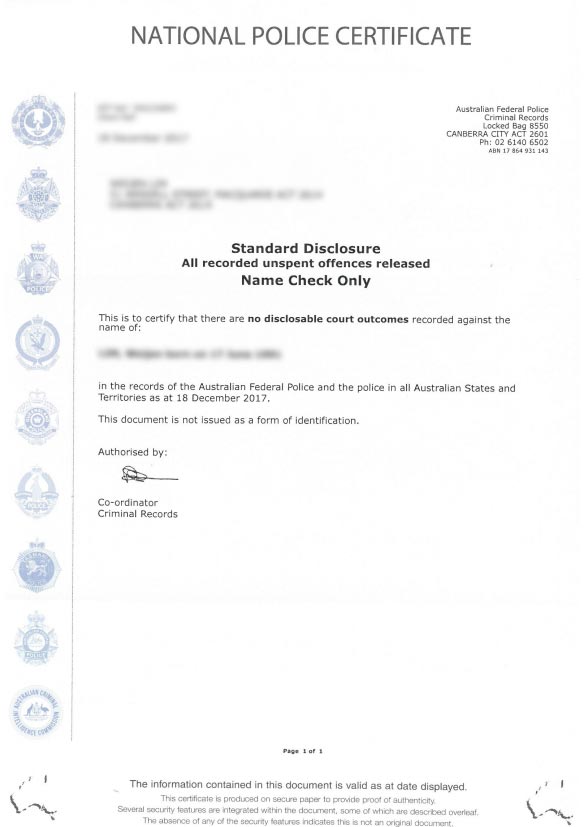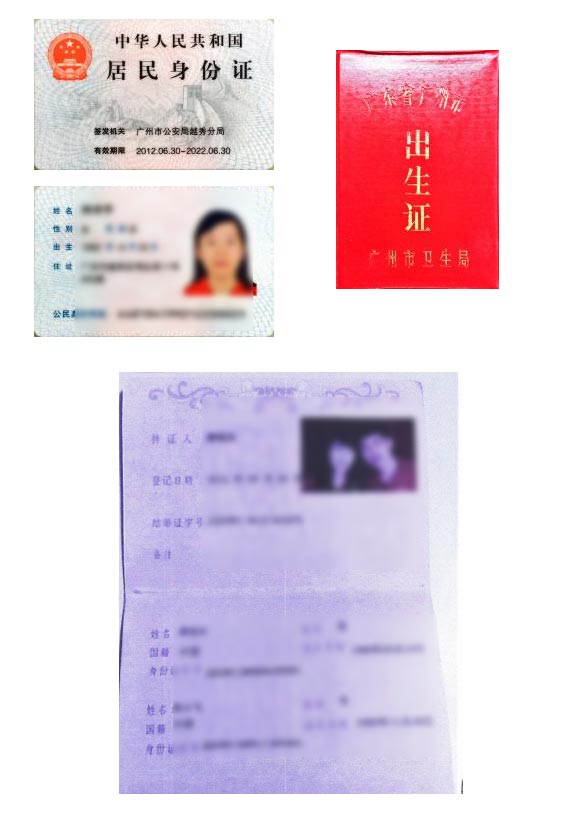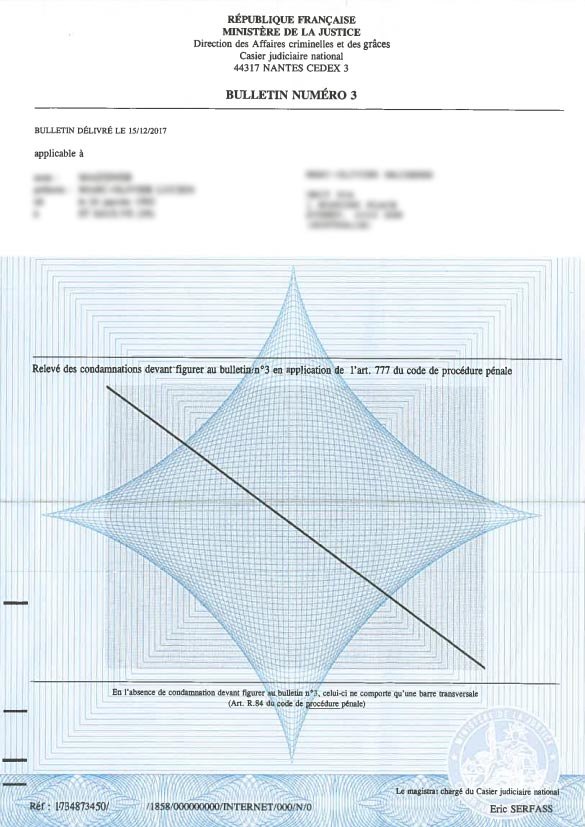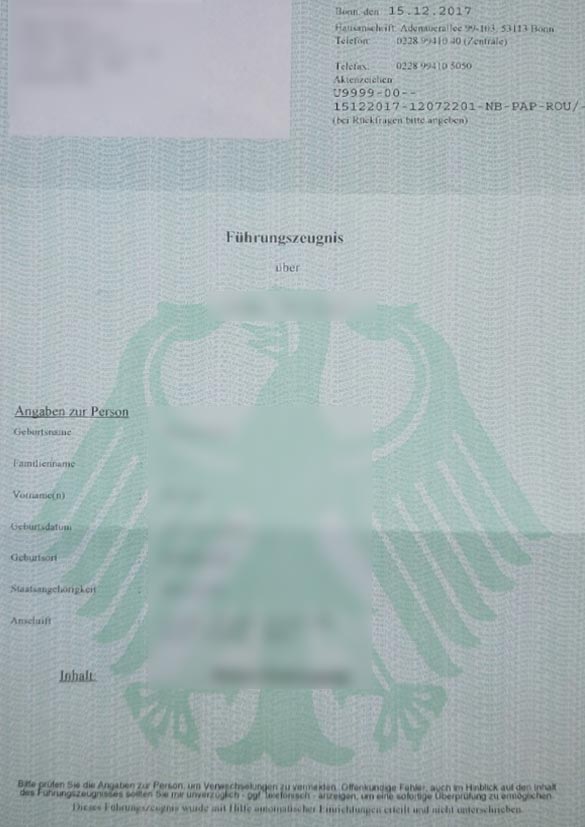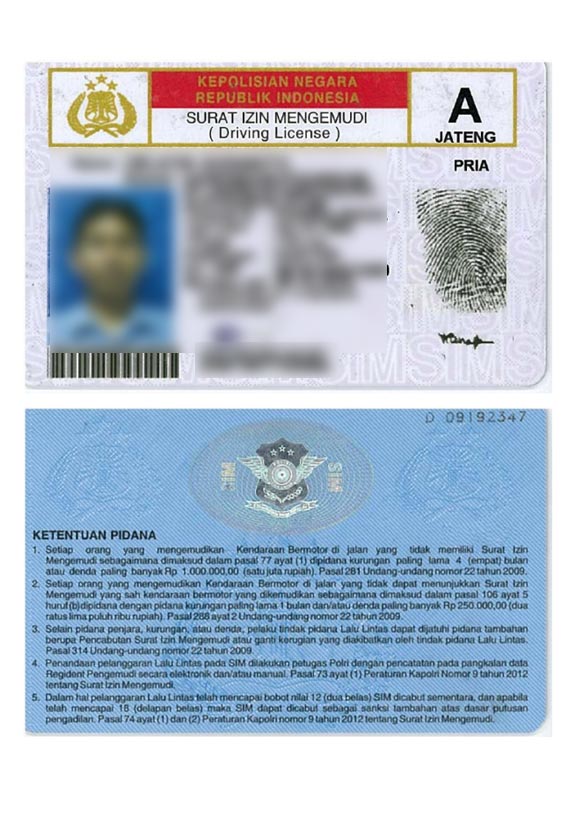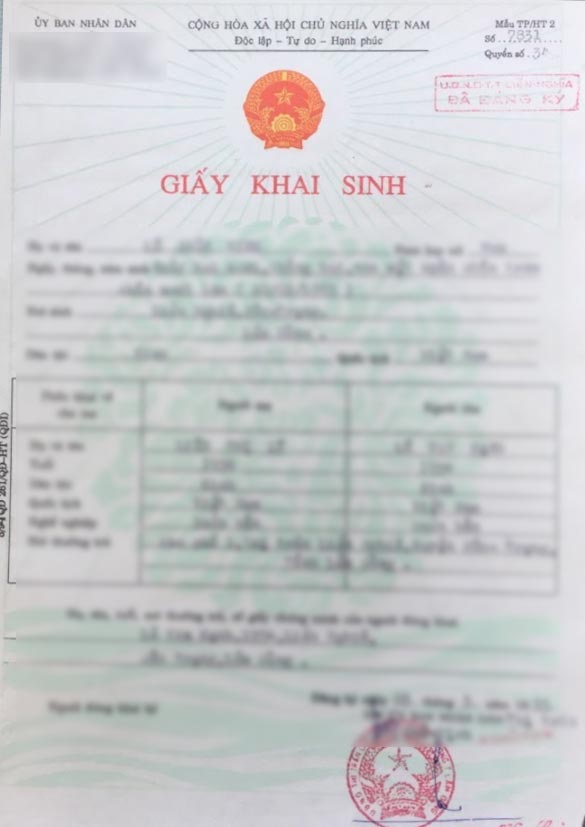Japanese Police Report Translation
Perth Translation Services » Japanese translator » Japanese Police Report Translation
Japanese Police Report Translation
Perth Translation provides fast and certified Japanese police report translation services. All certified police report translations are prepared by NAATI accredited Japanese translators.
Certified Japanese police report translations are often requested for legal purposes in Australia. Our Japanese translators are experienced in delivering certified translations of police reports for use in Australia.
Get a quote
Latest Testimonials

Japanese (NAATI) Translator
Get the best Japanese marriage certificate translators that are NAATI accredited in Australia. To begin your Japanese marriage certificate translation, upload your documents using the form on this page for a quick quote.

About the Japanese Language
Japanese (日本語) "Nihon-go" in Japanese) is the language spoken in Japan, in East Asia. Japanese uses three separate writing systems: hiragana, katakana, and kanji. The first two are phonetic systems (writing that shows the pronunciation of Japanese words), and kanji is the Japanese variation of Chinese characters (which show the meaning of Japanese words). The three systems are used interchangeably, and all three systems can often be found in the same sentence. The three systems are each reserved for different purposes.
Little is known of the language's prehistory, or when it first appeared in Japan. Chinese documents from the 3rd century recorded a few Japanese words, but substantial texts did not appear until the 8th century. During the Heian period (794–1185), Chinese had considerable influence on the vocabulary and phonology of Old Japanese. Late Middle Japanese (1185–1600) included changes in features that brought it closer to the modern language, and the first appearance of European loanwords. The standard dialect moved from the Kansai region to the Edo (modern Tokyo) region in the Early Modern Japanese period (early 17th century–mid-19th century). Following the end in 1853 of Japan's self-imposed isolation, the flow of loanwords from European languages increased significantly. English loanwords, in particular, have become frequent, and Japanese words from English roots have proliferated.
Japanese is an agglutinative, mora-timed language with simple phonotactics, a pure vowel system, phonemic vowel and consonant length, and a lexically significant pitch-accent. Word order is normally subject–object–verb with particles marking the grammatical function of words, and sentence structure is topic–comment. Sentence-final particles are used to add emotional or emphatic impact, or make questions. Nouns have no grammatical number or gender, and there are no articles. Verbs are conjugated, primarily for tense and voice, but not person. Japanese equivalents of adjectives are also conjugated. Japanese has a complex system of honorifics with verb forms and vocabulary to indicate the relative status of the speaker, the listener, and persons mentioned.
Japanese has no genetic relationship with Chinese, but it makes extensive use of Chinese characters, or kanji (漢字), in its writing system, and a large portion of its vocabulary is borrowed from Chinese. Along with kanji, the Japanese writing system primarily uses two syllabic (or moraic) scripts, hiragana (ひらがな or 平仮名) and katakana (カタカナ or 片仮名). Latin script is used in a limited fashion, such as for imported acronyms, and the numeral system uses mostly Arabic numerals alongside traditional Chinese numerals.
NAATI Certified Japanese Translator Service
Other documents we translate:
- Japanese driver license translation
- Japanese birth certificate translation
- Japanese financial document translations such as bank statements
- Japanese name-change certificate translation
- Japanese degree translation
- Japanese diploma translation
- Japanese school transcript translation
- Japanese passport translation
- Japanese police check translation
- Japanese personal letters and cards
- Japanese utility bill translations
We provide both Japanese to English translation and English to Japanese translations by NAATI translators.

